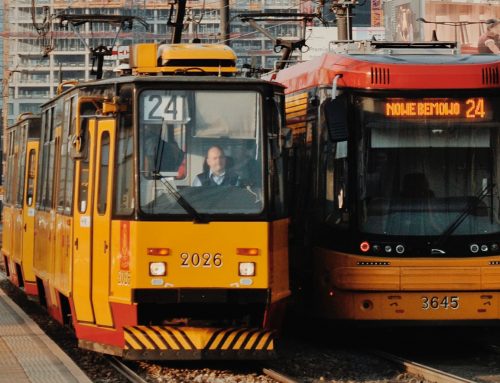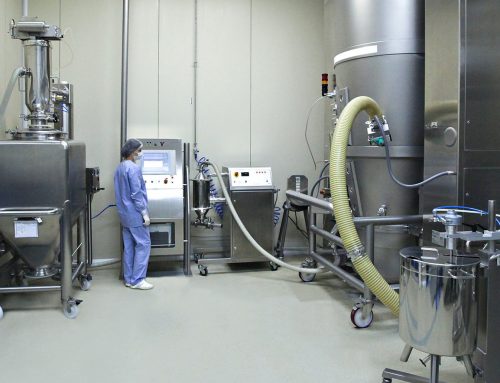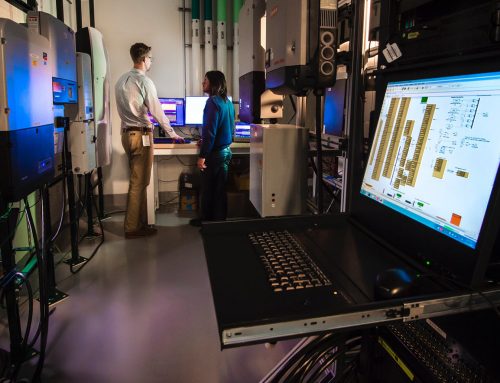Acoustic and vibration isolation of buildings is becoming one of the key challenges in urban development. Innovative solutions to this problem will drive the development of new construction technologies and land use, especially in city centers.
The fundamental characteristic of urban development is the growth of construction in well-connected areas, typically located along transportation routes. However, this exposes residents and buildings to vibrational frequencies in the range of 1 – 100 Hz and acoustic effects, frequencies > 100 Hz. Isolation in this frequency range can provide the necessary vibrational comfort to residents of buildings located near transportation routes, while simultaneously ensuring acoustic comfort regarding impact sounds propagating through the ceilings. The aim is to increase vibrational isolation by approximately 40% compared to traditional floor solutions. Under certain circumstances, with small deviations from the comfort threshold for vibrations, this can reduce the perception of vibrations by residents and building users to the level of necessary vibrational comfort.
This goal will be achieved through laboratory research by eliminating vibroisolating material variants with the lowest parameters, where variants are understood as combinations of material properties and vibroisolating mat thickness. Materials qualified for field trials will be placed in various configurations of vibroacoustic isolating floor systems. During field trials, the floor systems that best isolate impact sounds while maintaining the expected level of vibrational isolation will be selected. After the economic analysis of solutions confirmed by appropriate research, the products will be implemented into TINES’ operations. Therefore, not only vibrational and acoustic isolation will be considered when choosing products for implementation, but also economic considerations. In addition, most of the floor systems providing vibroacoustic isolation will be developed using recycled materials, such as rubber granules or secondarily bonded polyurethane. The reuse of these materials is highly significant from an environmentally friendly perspective. An economic analysis of solution variants is one of the project stages. The economic aspect is considered to optimize the use of public funds in the project.
An additional distinguishing feature of the products, namely vibroacoustic isolating floors, will be the examination of their acoustic isolation from sounds transmitted from lower to upper floors during the project’s implementation. This phenomenon is becoming more common in both new buildings and the adaptation of ground floors in tenement houses. The ground floor of a building is increasingly used for commercial and service purposes, often characterized by large spaces. This may result in the transmission of sound from bottom to top due to the resonant box effect, which occurs on the lower floor.
The combination of the four new functional characteristics mentioned above: vibroisolating properties, impact sound insulation, the ability to acoustically isolate upper floors from sounds propagated from bottom to top, and cost minimization, constitutes a significant improvement over existing floor solutions on the market. The demand for such comprehensive floor solutions comes from residents living near tram routes, railway lines, and people residing in the city center, where both material and airborne vibrations can also be noticeable from other sources.
Read also
Comprehensive construction solutions and ballastless track systems for railways, ensuring effective vibroacoustic insulation and a guarantee of durability for mainline tracks, engineering structures (bridges, viaducts, tunnels, and rail-road crossings).
A comprehensive offer of durable materials for the construction of tram tracks, allowing to reduce the level of vibrations and noise in the vicinity of the route.









